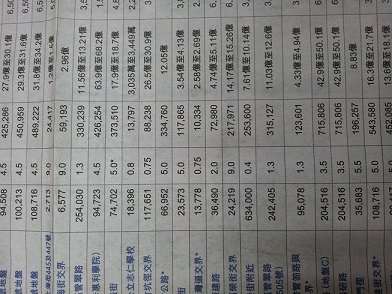乔晓阳昨日与香港议员的谈话,有人认为是假民主。 事实上, 民主政治制度分为直接民主制度和代议民主制度。实行民主政体的国家,现在采用的都是代议民主制。
美国总统大选是间接选举,不是一人一票普选。这种制度使美国两党專政制度稳定发展。近几十年来,美国两党轮流執政。
眼看世界,所有政制都是由强者来制定的。
话说回来,无论香港用什么政制,香港也不是一个国家,只是一个城市。中国各地市长都是由中央任命。〈基本法>规定香港一把手由中央决定是否任命。
中国已富强,香港市不可能成为香港国。
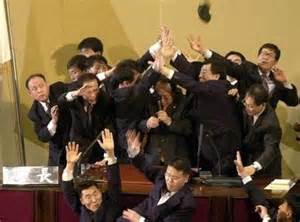
读者卡比说︰大跌看唔到,但事實是中國是壓,歐美是放,我是醒目錢,寧可流入放的地區,看歐美新高,國內仍是日日試底
.......................
徐老板回覆卡比︰ 我不爱高高的老外股,跟红顶白,不是我的菜。我锺情本土股,虽然本土走势麻麻, 我, 情人眼里 麻 是 花﹗

昨日全國人大閉幕會上,新領導人特別強調反腐敗。
貪污是一種「不公平交易行為」。如果用這種行為就可以獲得利益,就不需要將資金投入,去改良技術、產品和設備。資金只會專注在貪污上。因此會妨礙社會進步,破壞經濟秩序。
政府要反貪成功,必需有兩大條件︰
條件一︰ 政府必需有高度的權威性。本屆中國領導人,新上任便立即獲得軍權,是歷屆沒有的。因此,其能力應該比過去歷屆強。
條件二︰ 政府應該有獎勵制度。對執法和守法的公務員,都應該有獎勵。有獎勵,就會有高效率。
有獎有罰,形成公正社會。中國政府廉潔,中國人民有褔﹗
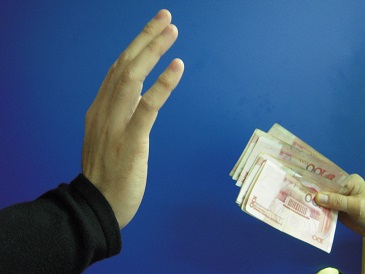
最近,意大利政局不穩,國五條等消息,令股份大跌,有股民拋出股息四厘的好股,將資金存入銀行收0.4厘的息口,這是為什麼呢?因為他們害怕股市下跌。
股票新手,一般都只注重短期利益,有些微損失,就坐立不安。
最近股價有波動,因為有莊家興風作浪,利用人性 的弱點,賺取金錢。
我認為︰目前股市水平,是值得投資的。高息股尤其可取。
2013-3-7 HIS 22771
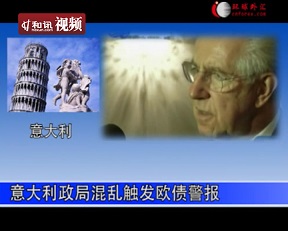
错过直播2013-2-27 中润证券-徐老板 訪問 ? 登入徐老板微博, 聽以下 Part 2
http://www.weibo.com/richfoot?wvr=5&wvr=5&lf=reg
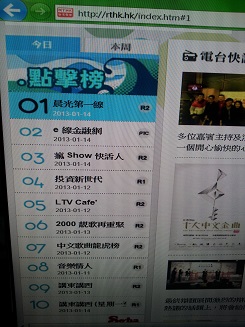
從前我常常說︰「勾地就是官商勾結」。
昨天香港政府終於宣佈取消勾地政策。
感謝梁特首,香港人有福了。
昨日宣佈的賣地計劃,面積大部份都是大地盤。如果能夠每幅分成兩幅拍賣,由兩個發展商投得,建樓就有競爭,大家會鬥平鬥靚。市民更有福。
CY, 你認为是不?
